Nestled in the heart of southern Peru, Cotahuasi Canyon is a hidden gem that offers a unique and unforgettable honeymoon experience. Often overshadowed by its more famous...
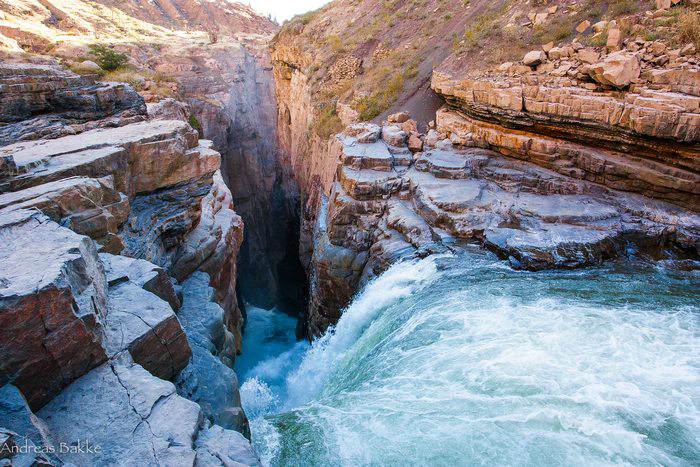

Nestled in the heart of southern Peru, Cotahuasi Canyon is a hidden gem that offers a unique and unforgettable honeymoon experience. Often overshadowed by its more famous...

Traveling with your furry friend can be a delightful experience, but it comes with its own set of challenges. Ensuring your pet's safety and comfort during flights is crucial....
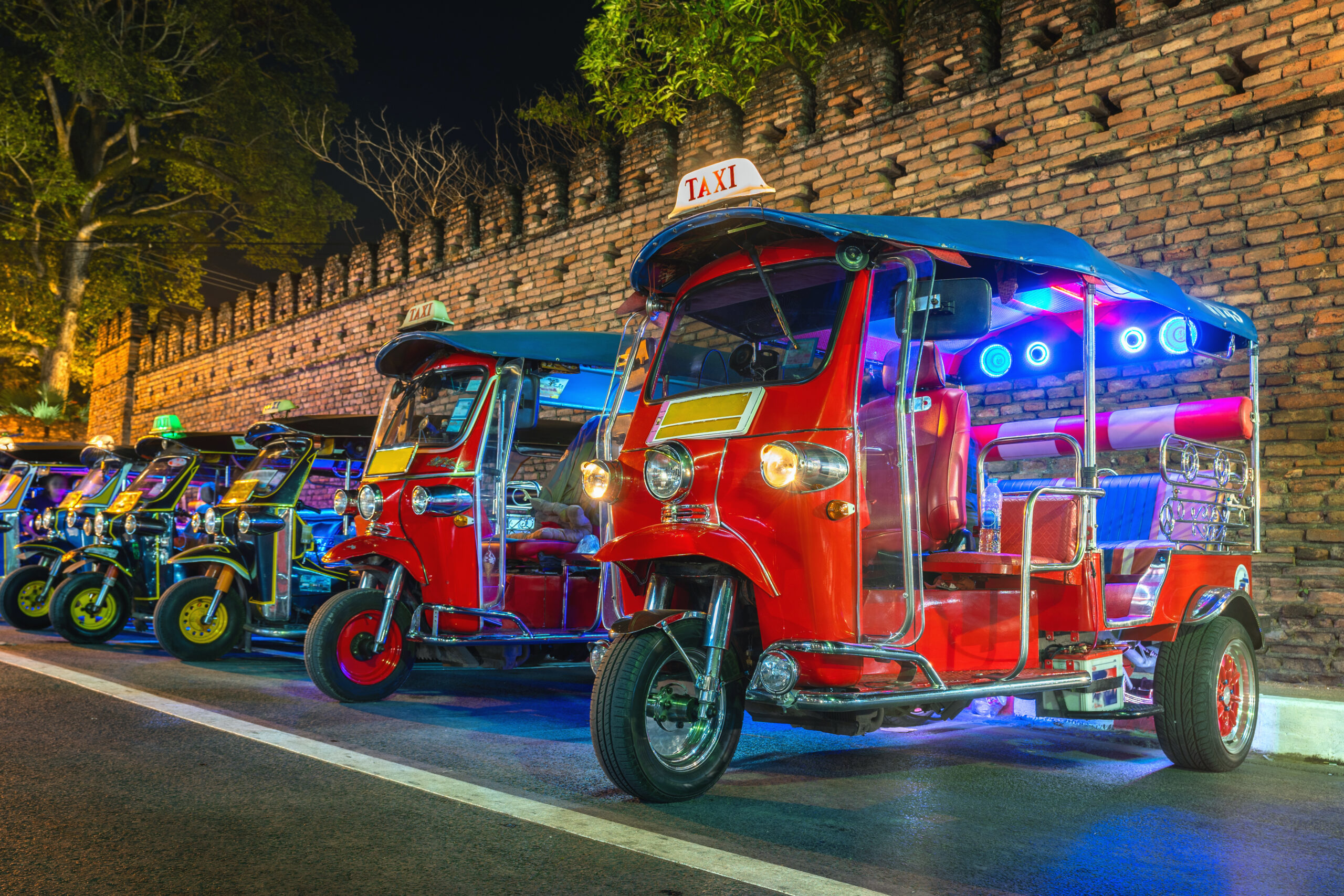
Bangkok, the vibrant capital of Thailand, is a city that never sleeps, and neither does its food scene. For food lovers and adventurous travelers, a Food Tuk-Tuk Tour offers an...
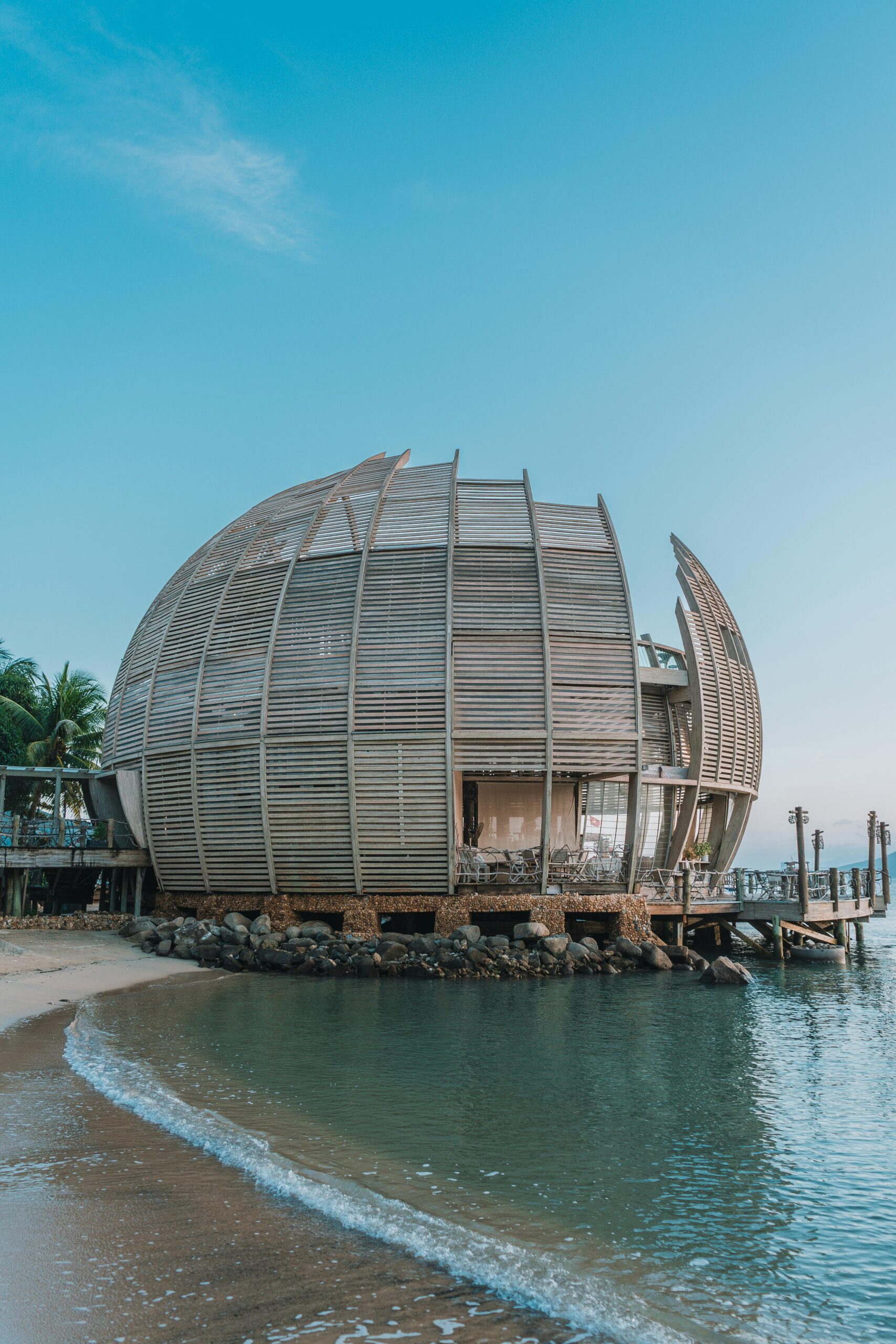
Ayahuasca retreats have become increasingly popular for those seeking deep spiritual and emotional healing. With many options available, choosing the right retreat can be...
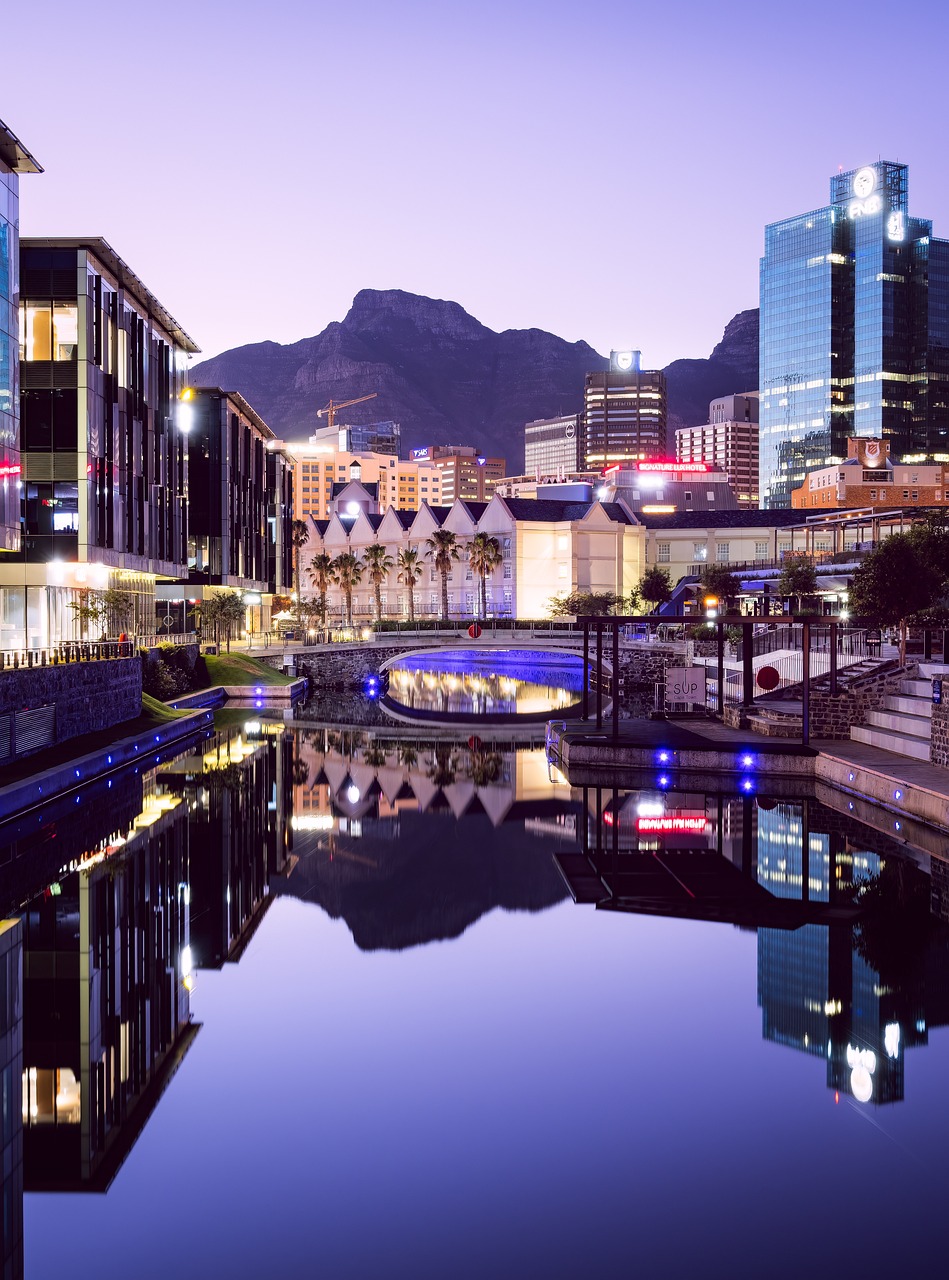
Cape Town, South Africa, is a destination that seamlessly blends natural beauty, exhilarating adventure, and world-class wine culture. If you're planning a honeymoon that...

Nestled in the heart of Bandera, Texas, the Dixie Dude Ranch offers an authentic cowboy experience that transports visitors back to the days of the Wild West. If you’ve ever...
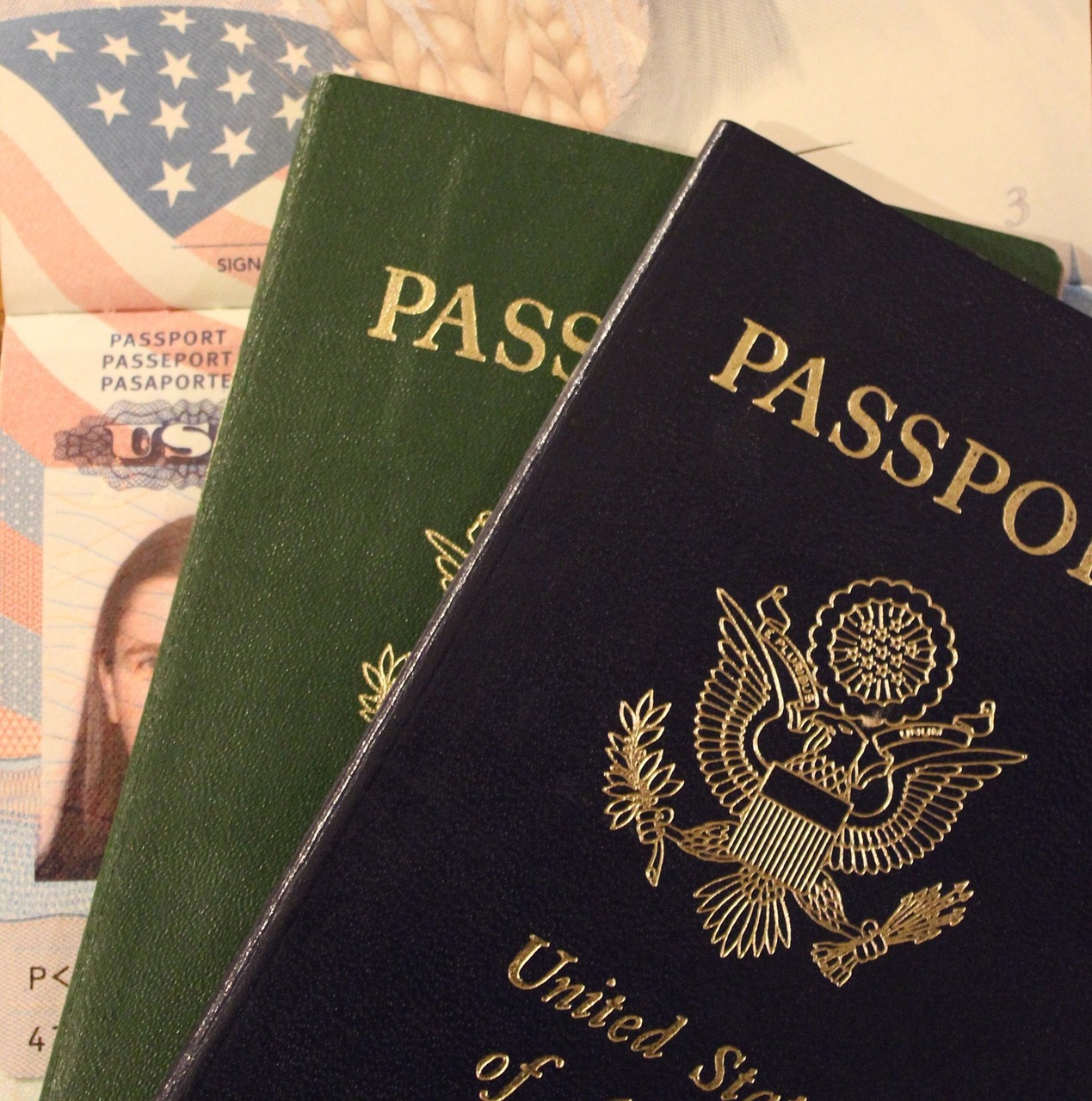
In an increasingly interconnected world, dual citizenship has become an appealing option for many frequent travelers. Holding citizenship in two countries offers a range of...

Traveling can be exciting, but long journeys can be tough on your neck and shoulders, especially if you're trying to catch some sleep. A good neck pillow can make all the...

When it comes to choosing the perfect honeymoon destination, Maui, Hawaii, offers an unparalleled blend of natural beauty, adventure, and cultural experiences. Known as the...

If you're looking for a unique and messy adventure, La Tomatina is the perfect festival to add to your bucket list. Held annually on the last Wednesday of August in the town of...

Paris, the City of Light, is renowned for its romantic boulevards, iconic landmarks, and vibrant culture. Yet, beneath the surface lies a hidden world that tells a different...

Traveling on a budget doesn't mean compromising on comfort and experience. Capsule hotels, originally popularized in Japan, offer a unique and affordable lodging option for...
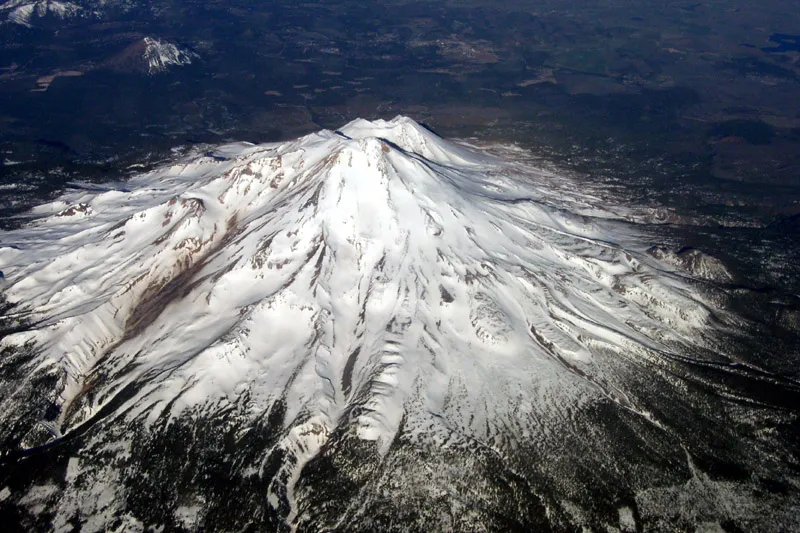
Mount Shasta, a majestic peak in Northern California, has long been a focal point for a myriad of paranormal legends and mysterious tales. Among these, the legend of a hidden...
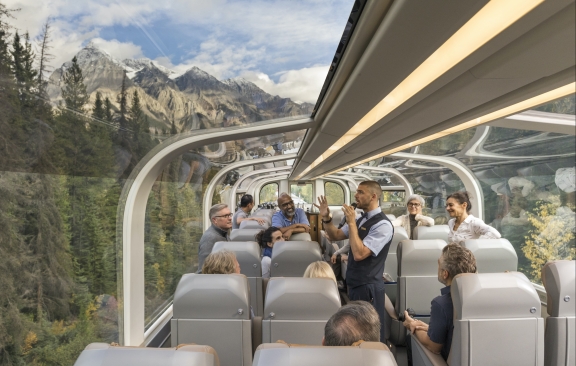
If you're looking for a luxurious and breathtaking way to explore the stunning landscapes of Canada, the Rocky Mountaineer train is the perfect choice. This iconic rail journey...
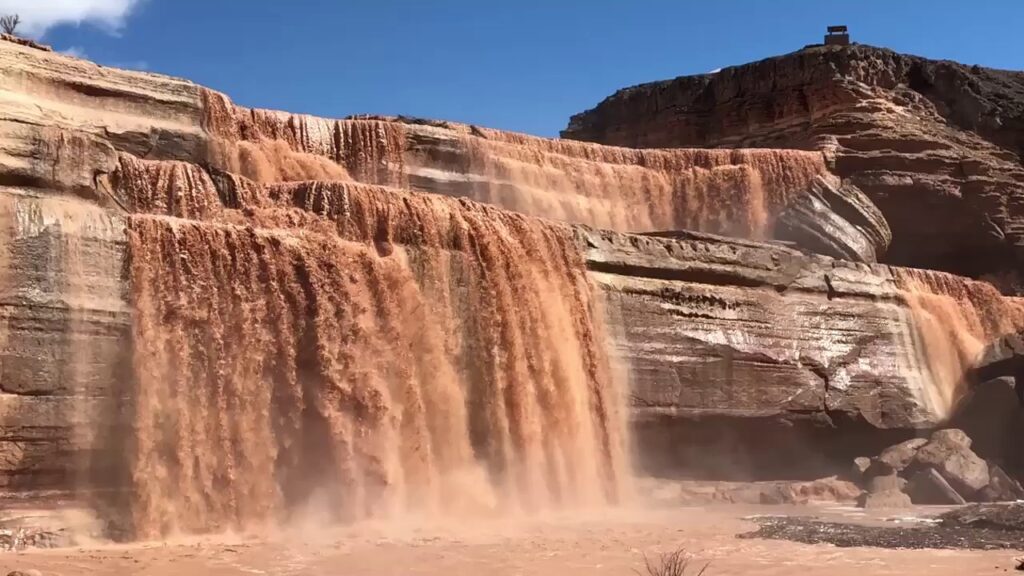
When you think of waterfalls, images of lush, tropical paradises often come to mind. But did you know that one of the most unique waterfalls in the United States is located in...
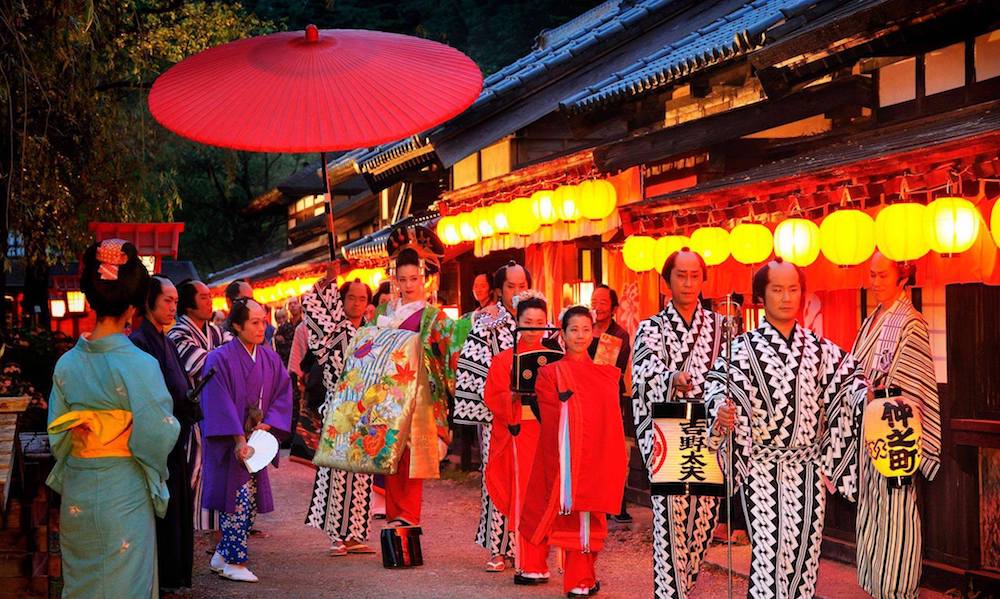
Imagine stepping back in time to the Edo period of Japan, where samurais, ninjas, and lords roamed the streets. At Edo Wonderland Nikko Edomura, this fantasy becomes a reality....

If you're seeking a cruise that promises endless activities and top-notch entertainment, look no further than Royal Caribbean. Renowned for having some of the biggest ships in...

Nestled in the heart of the South Pacific, Matira Beach in Bora Bora is often hailed as one of the most beautiful beaches in the world. Known for its powdery white sand,...

The name Edgar Allan Poe evokes images of dark, gothic tales filled with mystery and the macabre. It’s no wonder that his former home, the Edgar Allan Poe House and Museum in...

Bangkok, the vibrant capital of Thailand, is a city that never sleeps. With its rich history, bustling markets, ornate temples, and vibrant nightlife, Bangkok offers a unique...